The most popular Live Science stories of 2023
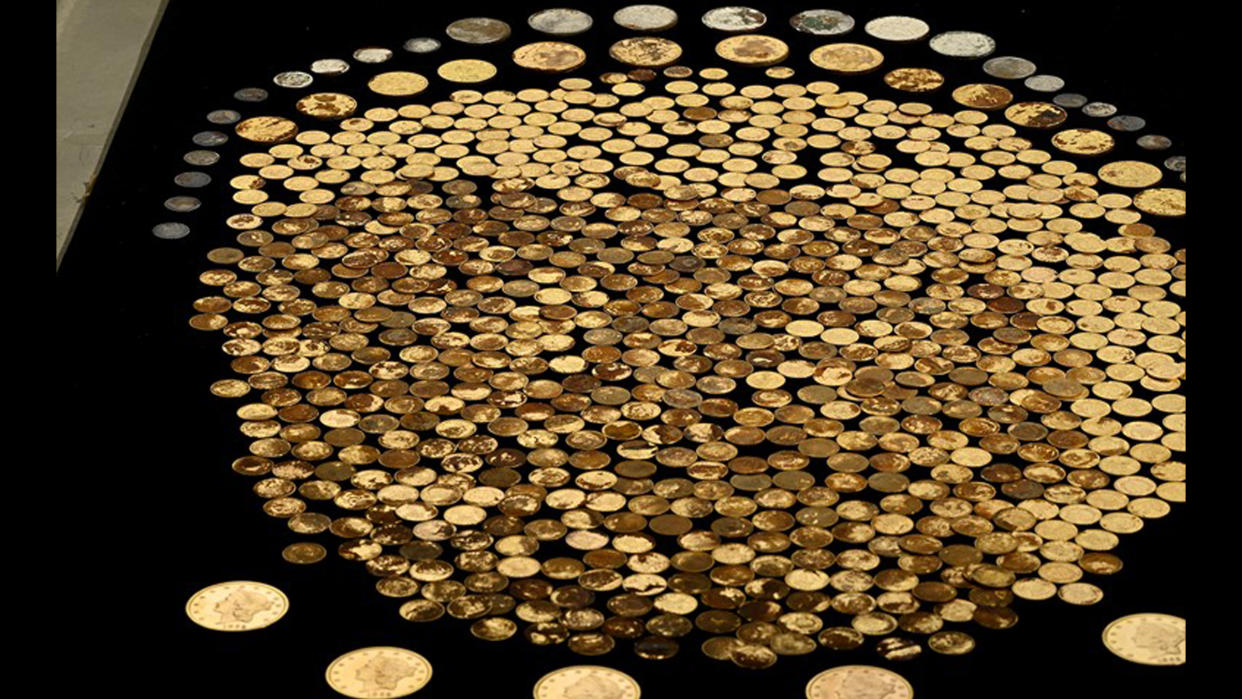
- Oops!Something went wrong.Please try again later.
Every year, we are lucky to witness incredible breakthroughs or remarkable discoveries from the world of science making headlines across the world, and 2023 was no different.
We made history in space when India became only the fourth nation to successfully land on the moon, while NASA revealed a sample of space rock plucked from the surface of an asteroid. On Earth, we sweltered in record temperatures, waited on the eruption of a volcano in Iceland, and watched as the tragic fate of explorers aboard the Titan submersible became clear.
We saw medical advances, like the approval of the world's first CRISPR therapy; witnessed artificial intelligence truly hit the mainstream, thanks to technologies like ChatGPT and Gemini; and welcomed a spotless giraffe to the world.
These were the stories that no doubt you would have seen in papers, online and on TV, but they weren't the only ones to click with our readers. Below are some of the top articles you read and shared. So now, look back at the science news that made 2023 such a fascinating year for our loyal Live Science community.
1. Orcas attacking boats
If there was one animal story that swept the globe this year, it was the news of orcas attacking boats. 2023 was not the first time the majestic cetaceans directed their "killer"' instincts on humans, but reports of attacks did increase in frequency. The question is, why? Experts who spoke to Live Science believe that it is a form of social learning and that the behavior of a female orca called White Gladis, who suffered a "critical moment of agony," is being copied by the rest of the orca populations. This may not be the only factor involved, but one thing we do know is that there is much more to discover about these intelligent creatures.
Related: Orcas are learning terrifying new behaviors. Are they getting smarter?
2. Civil War gold haul discovered

You know it's your lucky day when you're digging in a field and stumble across hundreds of gold and silver coins dating to between 1840 and 1863. That's what happened earlier this year to a Kentucky man, who found over 700 coins. The so-called Great Kentucky Hoard consists of $10 and $20 Liberty coins, the rarest of which could go for six figures at auction.
3. The Milky Way's black hole is approaching the cosmic speed limit
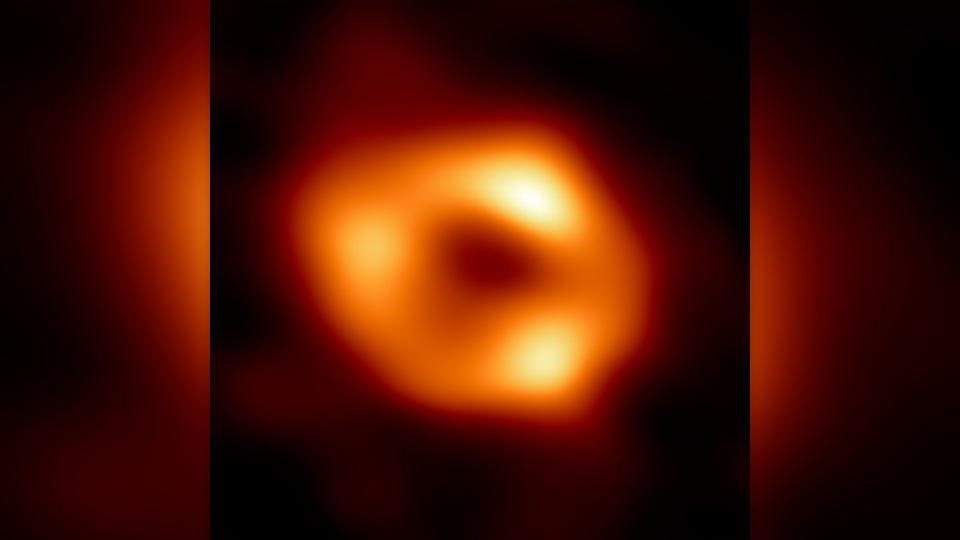
At the heart of the Milky Way lies the supermassive black hole Sagittarius A*, but it isn't just sitting there gracefully, twirling in a celestial waltz — it's spinning so fast that it is dragging the very fabric of space-time with it. Although it is difficult to fathom quite how fast this is, the rotational speed of a black hole is given a value from 0 to 1, with 1 being the maximum rotational speed of a particular black hole, which is a significant fraction of the speed of light. Sagittarius A* is between 0.84 and 0.96. This discovery has wide-ranging implications for our understanding of how black holes form.
4. "Amazing" facial reconstruction shows Bronze Age woman
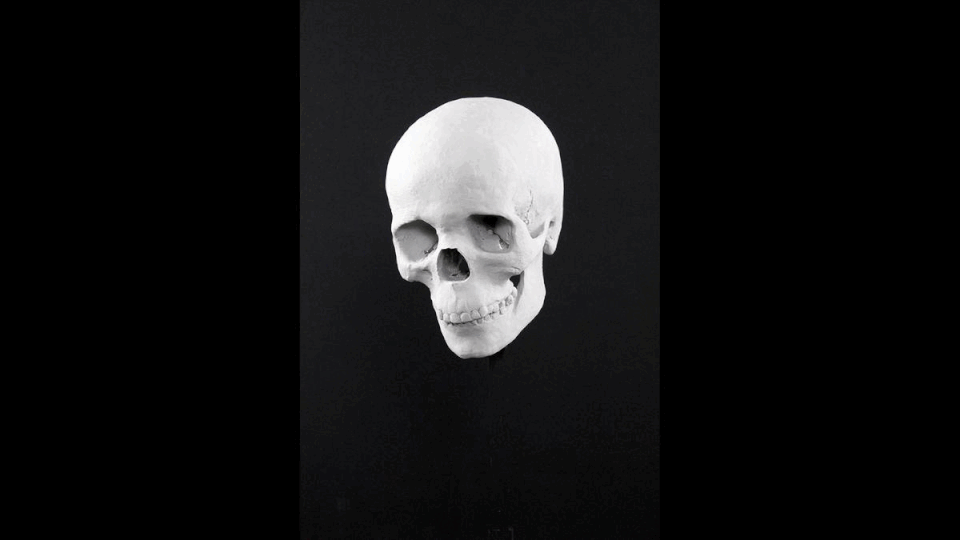
In 1997, excavators at Scotland's Upper Largie Quarrie made a remarkable and unexpected discovery: the remains of a young woman buried in a crouched position within a stone-lined grave dating back some 4,000 years. Little is known about the woman, but in September, we revealed a new bust-like facial reconstruction of what she may have looked like during the Early Bronze Age.
Related: Facial reconstructions help the past come alive. But are they accurate?
5. Frank Rubio spends over a year on the ISS
In September, NASA astronaut Frank Rubio touched back down on Earth after spending 371 consecutive days aboard the International Space Station (ISS), becoming the first American to live in space continuously for more than a year. Not only was the record-setting trip more than twice as long as originally scheduled due to his spacecraft being hit by space junk or an asteroid, but while he was up there, he managed to lose a couple of tomatoes.
6. Volcanic eruptions are spewing fountains of diamonds
We often imagine diamonds as ornate objects that sparkle from a ring on your finger, but the beginning of their journey from the depths of the planet to the jewelry you wear is anything but delicate. They form deep in Earth's crust, approximately 93 miles (150 kilometers) down, and are brought up to the surface in eruptions of minerals called kimberlites that travel at 11 to 83 mph (18 to 133 km/h). This year, researchers discovered a pattern where diamonds spew from deep beneath Earth's surface in huge, explosive volcanic eruptions when the supercontinents that once covered great swaths of the planet broke up.
7. A "prehistoric" mummified bear isn't what we thought
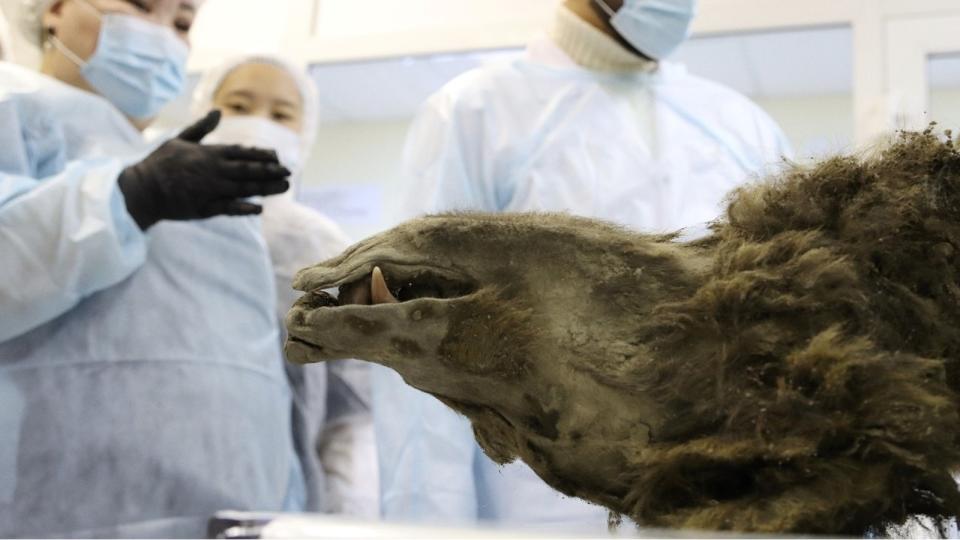
In 2020, a perfectly preserved mummified bear was unearthed from the Siberian permafrost. Researchers at the time proudly showcased the beautiful specimen of a long-extinct cave bear (Ursus spelaeus) that would have once roamed the Siberian landscape some 22,000 years ago. However, three years later, it became clear that all was not what it seemed, and that the creature was, in fact, a more recent brown bear (Ursus arctos) that lived around 3,460 years ago. Despite this nearly 19,000-year difference, the creature is still a fascinating sample. The bear's stomach contents were so well preserved that researchers could see what it had for dinner — unidentified plants and birds, feathers and all.
8. We missed a skyscraper-size asteroid fly by Earth
On July 15, astronomers in South Africa spotted a 200-foot-wide (60 meters) space rock zooming away from our planet at an estimated 53,000 mph (86,000 km/h). What soon became clear was that just two days prior, it had come uncomfortably close to hitting our planet, and we didn't even see it coming. The reason for this unnerving occurrence was that the rock flew toward Earth from the direction of the sun, blinding telescopes to the asteroid's approach until long after it had passed.
Related: 'Planet killer' asteroids are hiding in the sun's glare. Can we stop them in time?
9. An ancient, active volcano is covered with giant eggs
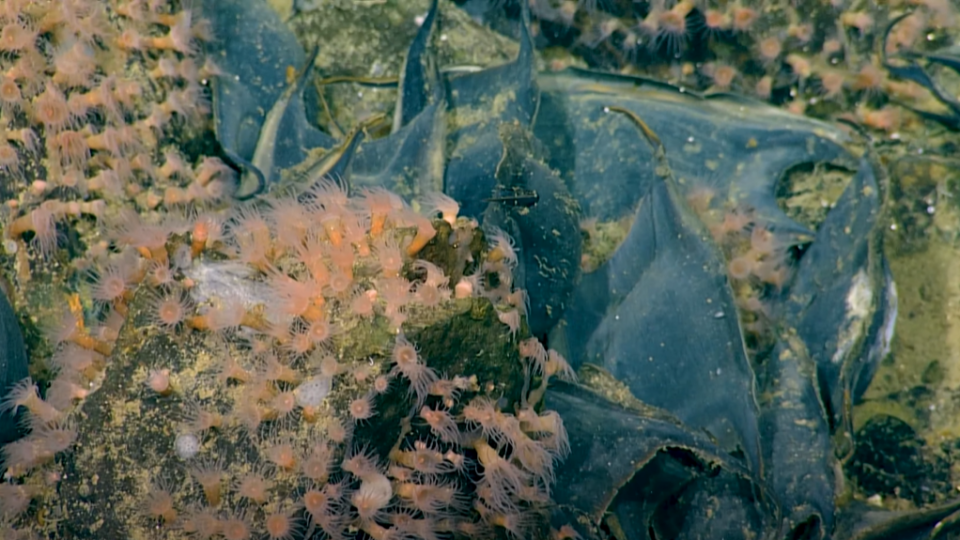
While exploring an ancient, underwater volcano off the Pacific coast of Canada, researchers made not one, but two remarkable discoveries this year: that the volcano is still active and is "covered" in thousands of giant eggs. Before the expedition, the team thought the volcano was extinct and the waters around it frigid. However, they found that the underwater mountain was not only spouting warm water and encrusted with deep-sea corals but was teeming with Pacific white skate laying eggs on the summit. These enormous eggs, some 1.5 feet (0.5 m) across, numbered in the thousands, or possibly up to a million, according to one researcher we spoke to. It is only the second Pacific skate nursery ever discovered. (The first was in the Galapágos and held up to two dozen eggs.)

